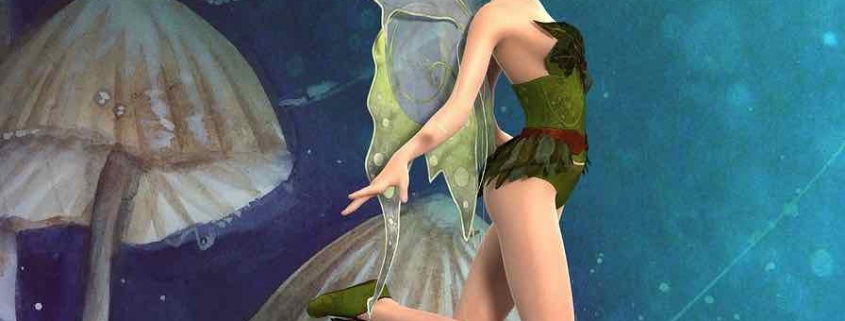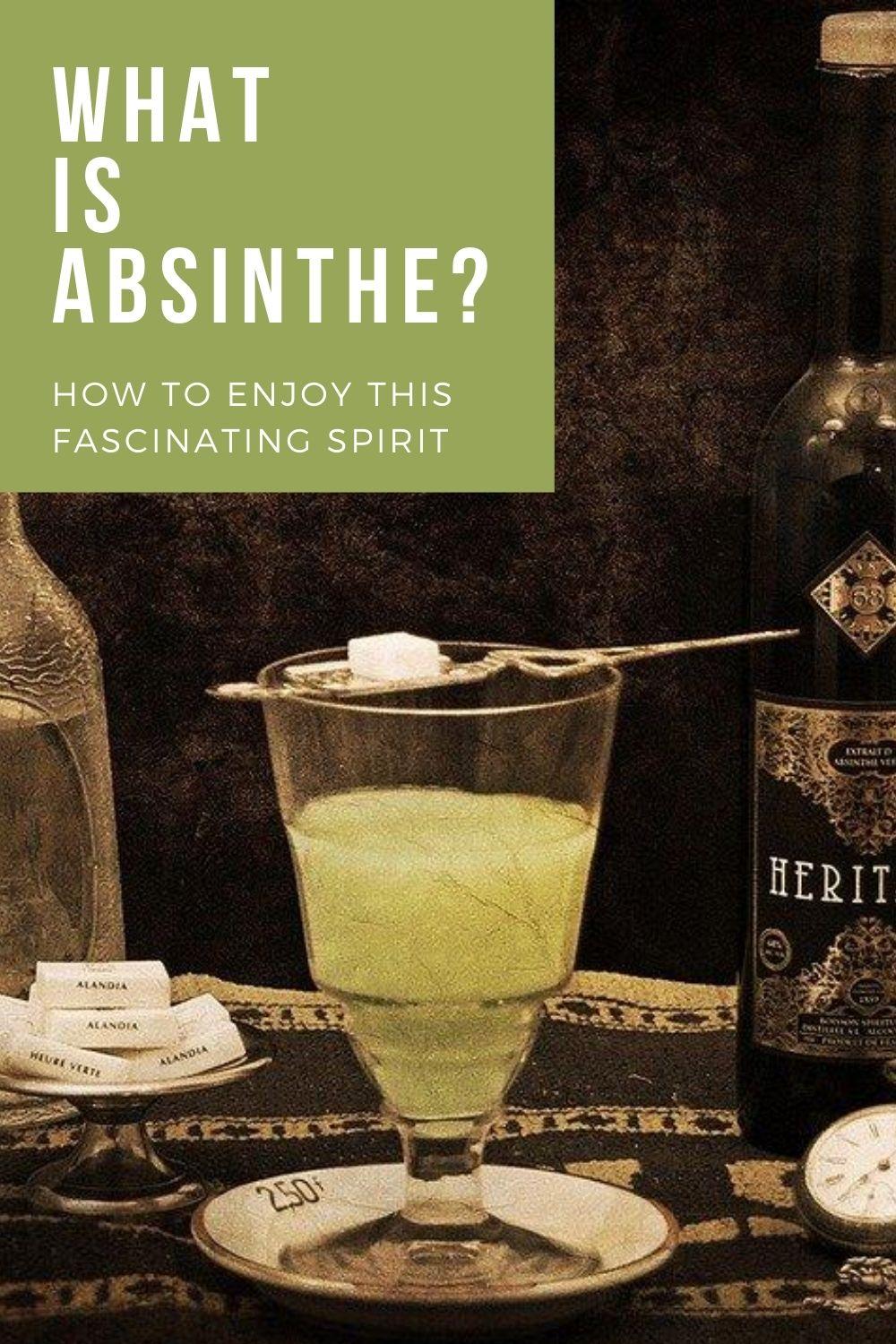What is Absinthe? History, Effects and How to Serve Absinth
Made popular during the late nineteenth century, absinthe was the aphrodisiac of La Belle Époque. It was portrayed as a psychoactive drug and the alcoholic drink of choice among some of the greatest European and American artists of the time, from Oscar Wilde to Vincent Van Gogh. But the spirit was banned in most Western nations by 1915.
What is absinthe?
This is a very condensed answer to the complex question, “What is absinthe?”
The first part of the answer is that absinthe is a distillation of alcohol with botanicals, such as anise, fennel and wormwood. However, the distillation can include any number of herbs and spices like coriander, peppermint or hyssop. Like gin, absinthes can vary wildly in flavor depending on the botanicals.
But absinthe is so much more than a recipe. In order to understand absinthe, you really have to look at this drink’s history and how it fell out of fashion not to mention the dark years as an illicit substance.
You may have heard that absinthe isn’t legal today. So then why can you walk into any well-stocked liquor store and buy yourself what has been known until recent years as bootleg hooch?
It’s complicated.
Is it legal?
Absinthe enjoyed a revival in Europe in the 1990s, when many western countries repealed their bans against La Fee Verte, or the Green Fairy, as absinthe is affectionately called. (This distilled beverage is typically a glowing green color, which explains the name. However, I’ve sampled absinthes that were more yellow than green as well as some that are more of a pale and pretty blue.)
Absinthe was banned in parts of Europe and Africa in conjunction with the temperance movement. Then it was banned in the United States in 1912. It was not until 2007 – more than 95 years later – that the U.S. repealed its ban on this historically controversial drink. However, the absinthes of today are distributed under strict guidelines, which make them a bit different from “La Fee” of the Belle Époque.
Today, only absinthes with a low level of wormwood are acceptable for import and sales. (I’ll get to why the wormwood is so significant later in this article.)
RELATED: What makes Absinthe an aphrodisiac?
Where is it made?
Early absinthe was the moonshine of its time.
The drink was invented in Switzerland and popularized in neighboring France in the late 1800s. But unlike drinks like Scotch, absinthe is not regionally protective and can be made by distillers anywhere.
Around the height of the spirit’s popularity, much of the absinthe available was made in backyards and cellars with little control over the proportions of ingredients. Think of it as Europe’s bathtub gin.
Today absinthe is made around the world. It is made by a few American craft distillers although the majority of absinthe production remains in Europe. A version from the Czech Republic sometimes called Bohemian-style absinthe or absinth, is made with little to no anise flavor.
What are the effects of drinking absinthe?
Was this popular spirit of the Belle Époque actually responsible for the hallucinations, wild rollicking and even murder for which it was blamed? It is likely that the wormwood in absinthe, the ingredient most commonly blamed for this spirit’s ill effects, caused little to none of the pain for which this legendary spirit was held responsible.
However, as Michel Roux, the late spirits innovator and founder of a modern Absinthe brand called Absente explained to me, “You can make alcohol with anything you can distill or ferment. So without regulations, people were making absinthe with the cheapest ingredients possible. Mixing wormwood and a high concentration of cheap alcohol, you can make poison.” This makes it quite easy to understand why regulators were anxious to put a stop to the dangerous trend.
How is this distilled liquor made?
Ok, so Roux’s explanation makes the danger clear. But in order to fully understand what absinthe is, you need to get to know the process involved in making this much talked about form of alcohol.
Absinthe is a liquor, not a liqueur as it is sometimes mistakenly called, meaning it is a flavored spirit distilled and bottled without the addition of sugar.
What is in absinthe?
There is no one absinthe definition. The blend of flavoring varies with the maker, which is why there are so many brands of absinthe available.
A quick Google shopping search showed me that close to two dozen brands are currently available for purchase in the United States at a moment’s notice.
Unfortunately, with each distiller wishing to put its own spin on the spirit, the flavor profile can range wildly from a bottling heavy with licorice and sweetness to something light and faintly herbal. So before you buy, consider checking out some absinthe reviews to find the flavor profile that fits your style.
The effects of wormwood
The one common denominator in all absinthes is wormwood. Artemisia absinthium, or wormwood, is a perennial plant that grows wild in Mediterranean climates. And this ingredient is what makes absinthe interesting!
There is an active ingredient in wormwood, thujone, which was thought until recently to react in the body similarly to THC. So why the limit on wormwood in modern-day absinthe production? Well, we now know that in massive doses, thujone is toxic to the brain and liver and can cause convulsions – but hey, even nutmeg is toxic if you eat the whole jar.
In the United States, modern absinthes are only allowed 10 parts per million of thujone. In other words, it is virtually thujone-free.
The dangers of high proof
Today, what truly gives absinthe its seductive powers is the high alcohol content. Average absinthes are somewhere between 90 and 140 proof. Yikes! (I recommend a two-drink maximum with this potent spirit). According to modern Absinthe experts, high proof is the result of reduced wormwood levels.
Why?
Well, in the 19th century, wormwood gave Absinthe much of its body in the good ole days, and, of course, the easiest way to bring body back to the spirit is by increasing proof.
How to drink absinthe
I consider absinthe to be aphrodisiac not just because of the wormwood and possibly additionally added aphrodisiac herbs but because of the traditional presentation. The ceremonial preparation makes this drink something special. And it’s my opinion that you can’t really appreciate absinthe until you’ve experienced it served in a traditional fashion.
Traditionally, an absinthe drink was made by mixing the absinthe with water, or louching. Sugar, preferably in cube form, was usually added to make the drink more palatable. However many of today’s more finely crafted absinthes need no sugar to be enjoyed.
Louching
The absinthe was first poured into a special absinthe glass, (see Edouard Manet’s painting entitled The Absinthe Drinker for illustration). Then a flat, slotted absinthe spoon was balanced on the rim of the glass; a sugar cube was balanced on top.
Need your own Absinthe spoon? Click to compare prices
Three or four ounces of water were slowly poured over the cube until the sugar was dissolved through the slotted spoon. The spoon was then slipped into the drink for a final stir before the absinthe was loached and ready for imbibing.
You can certainly serve a glass of absinthe to your lover using this sensual drink preparation as a form of culinary foreplay. I am pretty sure that the ceremonial preparation is part of what makes absinthe an aphrodisiac. (And just to warn you, drinking absinthe without water can be not only unpleasant but dangerous due to the high alcohol content.)
RELATED: What is an aphrodisiac food?
Can absinthe be used in cocktails?
Absinthe is not only high alcohol but it has a very strong flavor of licorice or fennel, depending on the blend of flavorings in the distillation. So if you are going to use absinthe in cocktails, it should be used sparingly. That being said, the trend of absinthe cocktails is on the rise.
What about the flaming sugar cube?
You may have seen absinthe served with a flaming sugar cube. This “fire ritual” is not actually a traditional way to serve absinthe, though many absinthe enthusiasts mistakenly consider it a throwback to La Belle Époque.
According to Wikipedia, this is a modern adaptation of louching used for show. (I’ve also been told by bartenders and mixologists that it is used to help mask the flavor of inferior absinthes. Having tasted a few bad absinthes myself, I can see how this pyrotechnic trick could add appeal to booze with little flavor appeal.)
Several years ago I tasted some of the most popular absinthes for sale in the United States. It was a fascinating collection with a remarkable variety of flavors and colors. Although absinthe has been legal since 2007, the absinthe market is truly the Wild West of spirits.
RELATED: What does absinthe taste like? Here’s my review of popular absinthe brands
This article was written in 2011 and most recently updated in November 2021.
- Coconut Benefits Sexually for Men - May 8, 2024
- A Champagne Shrub Cocktail for Your Next Romantic Evening - May 2, 2024
- Savory Ricotta Toast with Asparagus and Lemon Zest - May 1, 2024






Leave a Reply
Want to join the discussion?Feel free to contribute!